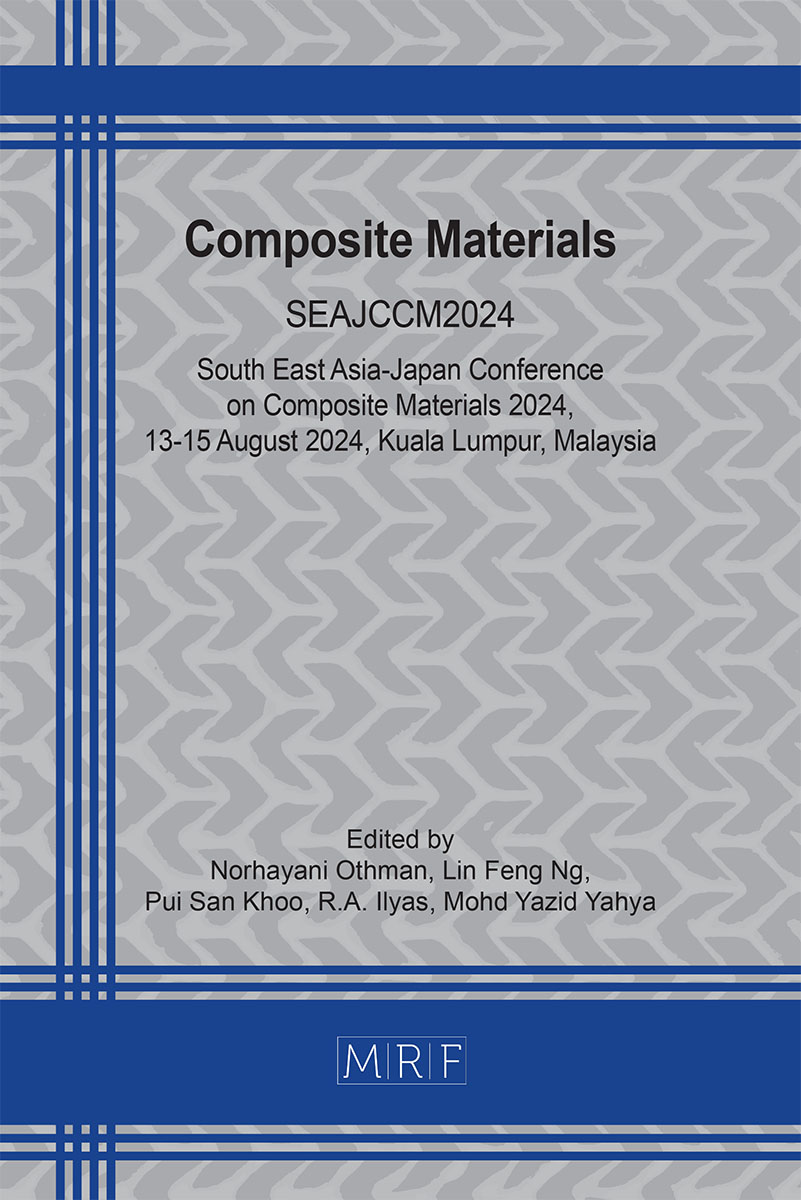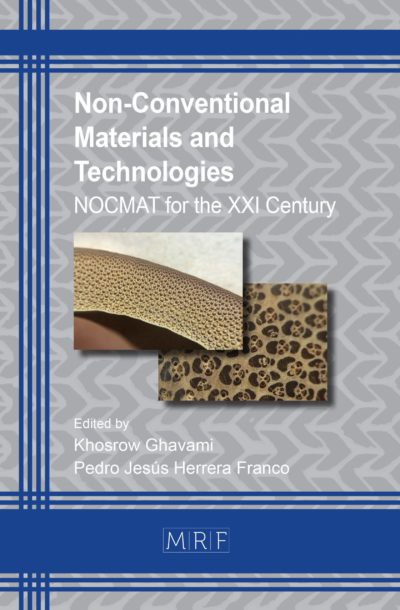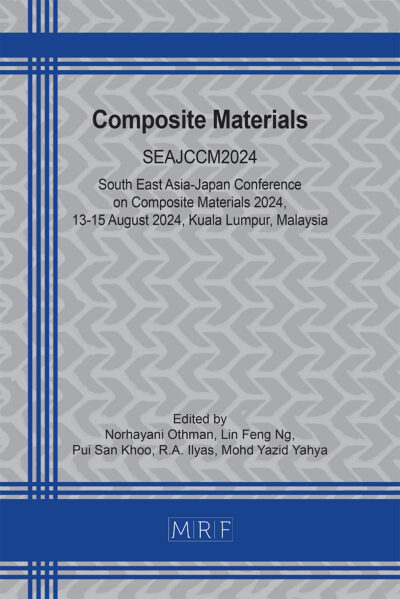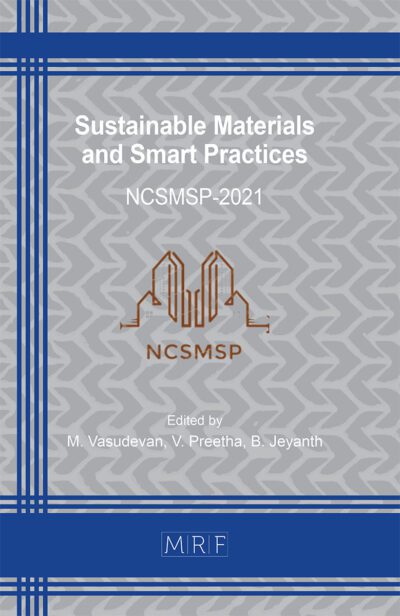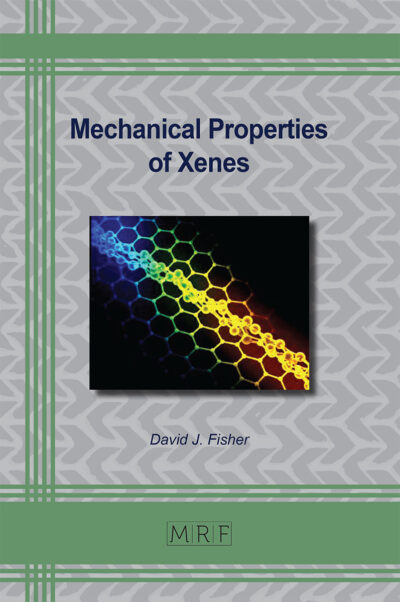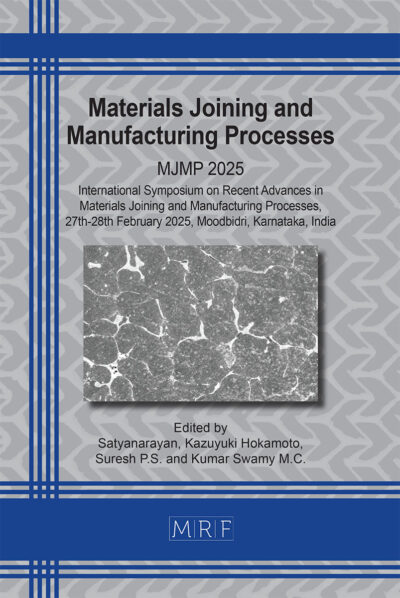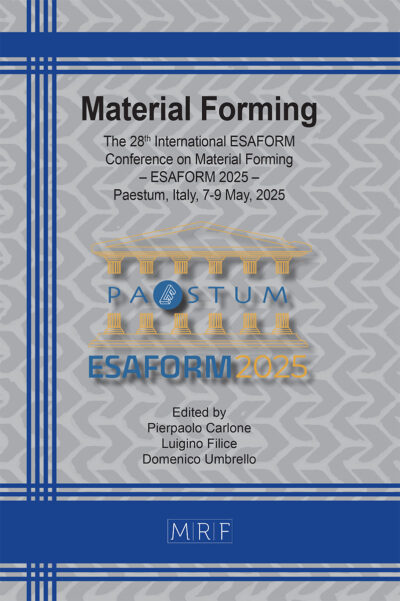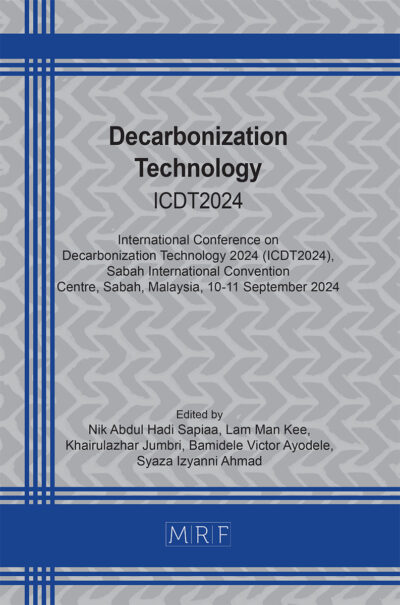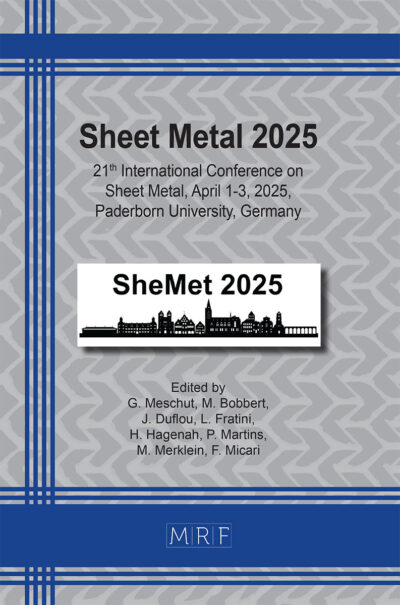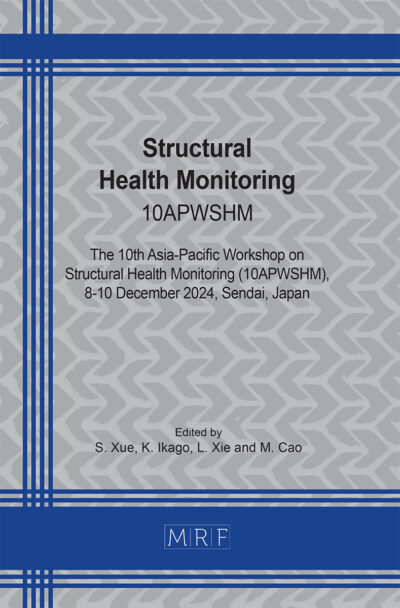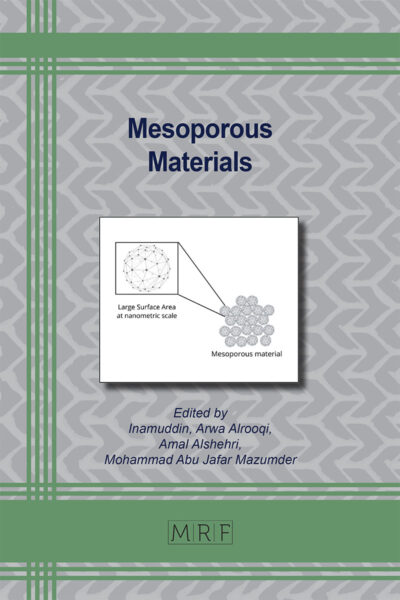Physical and Mechanical Properties of Steel-Polypropylene Composite Fiber Geopolymer Concrete
Meor Ahmad FARIS, Warid Wazien AHMAD ZAILANI, Muhammad Fahem MOHD TAHIR, Mohammad Firdaus ABU HASHIM, M.N.A. UDA, Mohd Ikram RAMLI, Mohammed Izzuddeen MOHD YAZID
Abstract. The manufacturing of cement for use in construction sites all over the world has resulted in tonnes of carbon dioxide being released. It is better to replace an alternative material such as geopolymer which contributes less carbon footprint than traditional Portland cement. Concrete is the most versatile building material, yet it has drawbacks in mechanical and physical properties, such as limited ductility, high water absorption, and low compressive strength. This study aims to determine the effect of the addition of composite fibers on the mechanical and physical properties of geopolymer concrete. In this research, the physical and mechanical properties of geopolymer concrete were investigated by mixing Class F fly ash with an alkaline activator consisting of sodium hydroxide and sodium silicate. Steel fiber and polypropylene cut into 2 mm fiber were added into the geopolymer concrete as reinforcement. Various volume percentages ranging from 0% to 2% are used. Density, water absorption, workability, and compression testing were performed on all geopolymer concrete reinforced with steel and polypropylene fiber with varying volume percentages. The density of geopolymer concrete is similar to that of Ordinary Portland Cement (OPC), which is around 2400 kg/m3, and it has gradually increased with the inclusion of steel fiber, while more polypropylene fiber causes lesser density. With an increment of steel fiber and a decrement of polypropylene fiber, the result of water absorption percentage shows a decrement. Besides, the inclusion of steel fibers reduces the workability of geopolymer concrete. However, the addition of polypropylene fibers shows a higher workability. Plus, the inclusion of steel fiber and the reduction of polypropylene fiber improve the compressive strength.
Keywords
Geopolymer, Steel Fiber, Polypropylene Fiber, Reinforced Concrete, Hybrid Fibers
Published online 2025/06/01, 8 pages
Copyright © 2025 by the author(s)
Published under license by Materials Research Forum LLC., Millersville PA, USA
Citation: Meor Ahmad FARIS, Warid Wazien AHMAD ZAILANI, Muhammad Fahem MOHD TAHIR, Mohammad Firdaus ABU HASHIM, M.N.A. UDA, Mohd Ikram RAMLI, Mohammed Izzuddeen MOHD YAZID, Physical and Mechanical Properties of Steel-Polypropylene Composite Fiber Geopolymer Concrete, Materials Research Proceedings, Vol. 56, pp 93-100, 2025
DOI: https://doi.org/10.21741/9781644903636-10
The article was published as article 10 of the book Composite Materials
![]() Content from this work may be used under the terms of the Creative Commons Attribution 3.0 license. Any further distribution of this work must maintain attribution to the author(s) and the title of the work, journal citation and DOI.
Content from this work may be used under the terms of the Creative Commons Attribution 3.0 license. Any further distribution of this work must maintain attribution to the author(s) and the title of the work, journal citation and DOI.
References
[1] P. Duxson, A. Fernández-Jiménez, J.L. Provis, G.C. Lukey, A. Palomo, J.S. van Deventer, Geopolymer technology: the current state of the art, Journal of materials science 42 (2007) 2917-2933. https://doi.org/10.1007/s10853-006-0637-z
[2] D.L. Kong, J.G. Sanjayan, K. Sagoe-Crentsil, Comparative performance of geopolymers made with metakaolin and fly ash after exposure to elevated temperatures, Cement and concrete research 37 (2007) 1583-1589. https://doi.org/10.1016/j.cemconres.2007.08.021
[3] K.H. Yang, J.K. Song, K.I. Song, Assessment of CO2 reduction of alkali-activated concrete, Journal of Cleaner Production 39 (2013) 265-272. https://doi.org/10.1016/j.jclepro.2012.08.001
[4] N. Lloyd, V. Rangan, Geopolymer concrete with fly ash, in: Proceedings of the Second International Conference on sustainable construction Materials and Technologies, 2010, 1493-1504. UWM Center for By-Products Utilization.
[5] E. Hewayde, M. Nehdi, E. Allouche, G. Nakhla, Effect of geopolymer cement on microstructure, compressive strength and sulphuric acid resistance of concrete, Magazine of Concrete Research 58 (2006) 321-331. https://doi.org/10.1680/macr.2006.58.5.321
[6] M. Soutsos, A.P. Boyle, R. Vinai, A. Hadjierakleous, S.J. Barnett, Factors influencing the compressive strength of fly ash based geopolymers, Construction and Building Materials 110 (2016) 355-368. https://doi.org/10.1016/j.conbuildmat.2015.11.045
[7] C.D. Atiş, E.B. Görür, O.K.A.N. Karahan, C. Bilim, S.ER. H.A.N. İlkentapar, E. Luga, Very high strength (120 MPa) class F fly ash geopolymer mortar activated at different NaOH amount, heat curing temperature and heat curing duration, Construction and building materials 96 (2015) 673-678. https://doi.org/10.1016/j.conbuildmat.2015.08.089
[8] E. Hewayde, M. Nehdi, E. Allouche, G. Nakhla, Effect of geopolymer cement on microstructure, compressive strength and sulphuric acid resistance of concrete, Magazine of Concrete Research 58 (2006) 321-331. https://doi.org/10.1680/macr.2006.58.5.321
[9] X. Ma, Z. Zhang, A. Wang, The transition of fly ash-based geopolymer gels into ordered structures and the effect on the compressive strength, Construction and Building Materials 104 (2016) 25-33. https://doi.org/10.1016/j.conbuildmat.2015.12.049
[10] H.T. Wang, L.C. Wang, Experimental study on static and dynamic mechanical properties of steel fiber reinforced lightweight aggregate concrete, Construction and Building Materials 38 (2013) 1146-1151. https://doi.org/10.1016/j.conbuildmat.2012.09.016
[11] P.S. Song, S. Hwang, Mechanical properties of high-strength steel fiber-reinforced concrete, Construction and Building Materials 18 (2004) 669-673. https://doi.org/10.1016/j.conbuildmat.2004.04.027
[12] M. Valle, O. Buyukozturk, Behavior of fiber reinforced high-strength concrete under direct shear, Materials Journal 90 (1993) 122-133. https://doi.org/10.14359/4006
[13] ASTM Standard C618, 2022. Standard Specification for Coal Fly Ash and Raw or Calcined Natural Pozzolan for Use in Concrete.
[14] A. Chajec, Ł. Sadowski, The Effect of Steel and Polypropylene Fibers on the Properties of Horizontally Formed Concrete, Materials 13 (2020) 5827. https://doi.org/10.3390/ma13245827
[15] V. Guerini, A. Conforti, G. Plizzari, S. Kawashima, Influence of Steel and Macro-Synthetic Fibers on Concrete Properties, Fibers 6 (2018) 47. https://doi.org/10.3390/fib6030047
[16] A.D. De Figueiredo, M.R. Ceccato, Workability analysis of steel fiber reinforced concrete using slump and Ve-Be test, Mater. Res. 18 (2015) 1284–1290. https://doi.org/10.1590/1516-1439.022915
[17] M.M.A.B. Abdullah, M.F.M. Tahir, M.A.F.M.A. Tajudin, J.J. Ekaputri, R. Bayuaji, N.A.M. Khatim, Study on the geopolymer concrete properties reinforced with hooked steel fiber, IOP Conference Series: Materials Science and Engineering 267 (2017) 012014. https://doi.org/10.1088/1757-899X/267/1/012014
[18] E.M. Kumar, K. Ramamurthy, Influence of production on the strength, density and water absorption of aerated geopolymer paste and mortar using Class F fly ash, Construction and Building Materials 156 (2017) 1137-1149. https://doi.org/10.1016/j.conbuildmat.2017.08.153
[19] E. Cuenca, J. Echegaray-Oviedo, P. Serna, Influence of concrete matrix and type of fiber on the shear behavior of self-compacting fiber reinforced concrete beams, Composites Part B: Engineering 75 (2015) 135-147. https://doi.org/10.1016/j.compositesb.2015.01.037
[20] L. Akand, M. Yang, X. Wang, Effectiveness of chemical treatment on polypropylene fibers as reinforcement in pervious concrete, Construction and Building Materials 163 (2018) 32-39. https://doi.org/10.1016/j.conbuildmat.2017.12.068

